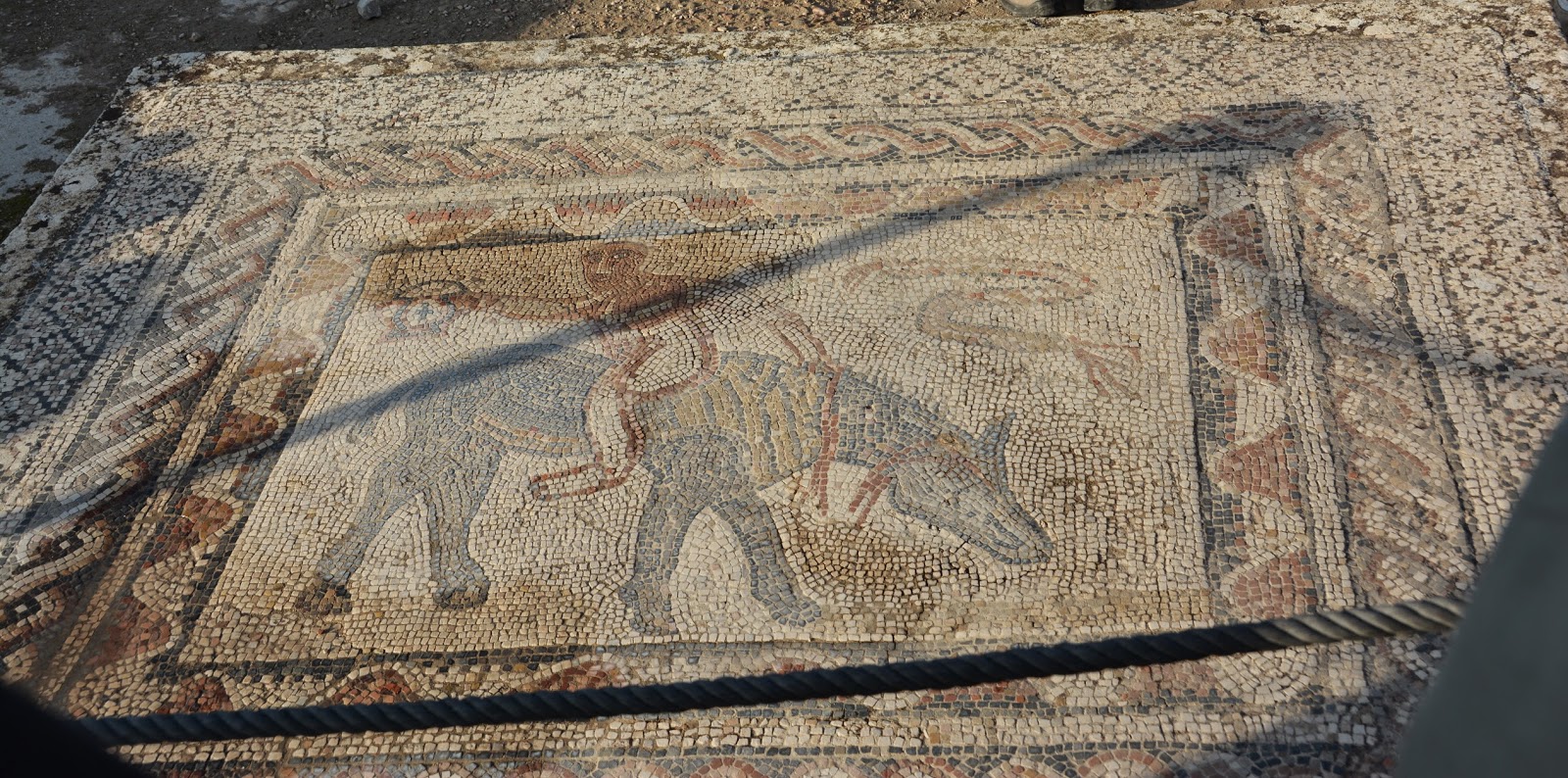
Morocco has a long history of human settlement.
Inhabitants include Jews, Romans, Arabs, and Christians. There were battles, and victories, and more battles, and more victories, and.....

Architecture and culture are intermingled and reflect the ancient inhabitant's lives.
And in some cases, old ruins remain to give us clues to their lives and lifestyles.

CHELLAH:
Chellah, a UNESCO World Heritage Site, is an ancient city, a short distance from Rabat.
The Phoenicians were the first inhabitants.
When the Romans took control about 40AD the city thrived.
It was abandoned in the 1100's, and then in the 14th Century the Arabs built a necropolis over the Roman ruins and a defensive wall with towers.
Damage occurred during the Lisbon earthquake in 1755.

 It is now overgrown with fig trees, olive trees and orange trees, with the minaret home to many majestic storks.
It is now overgrown with fig trees, olive trees and orange trees, with the minaret home to many majestic storks. VOLUBILIS:

Volubilis, is located between Fez and Rabat.

It was once occupied by Romans and covered about 100 acres surrounded by fertile land.
 Centuries ago, Volubilis was the final stop of the Roman imperial roads that went across France, Spain, down Morocco’s northern city of Tangier and eventually into Volubilis.
Centuries ago, Volubilis was the final stop of the Roman imperial roads that went across France, Spain, down Morocco’s northern city of Tangier and eventually into Volubilis. Grain and olive oil were exported to Rome.

The town was very wealthy and had mansions, a town center and temples devoted to the Roman gods.

Still remaining are remarkably good examples of Roman mosaics, at one time the floors in wealthy homes.

The mosaics depict Roman mythology.
Evidence of a Roman triumphal arc exists.

After the Romans it was inhabited by Christians. Later it became an Islamic settlement.

It was abandoned, ransacked and then devastated by the Lisbon earthquake in 1755.
Excavation and repairs were started in the 1700's by the French.
It is now a World Heritage Site.




Incredible countryside and buildings!
ReplyDelete